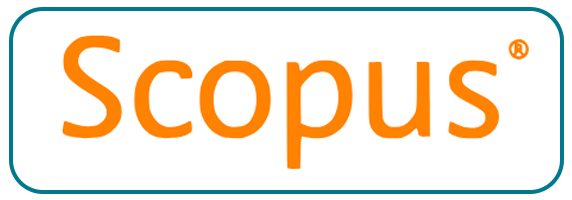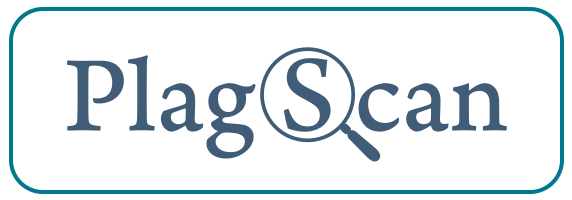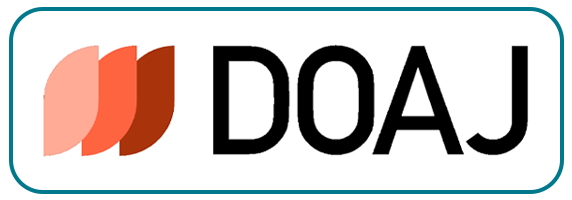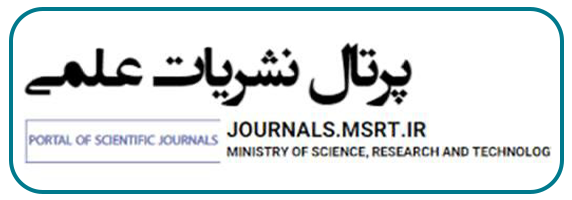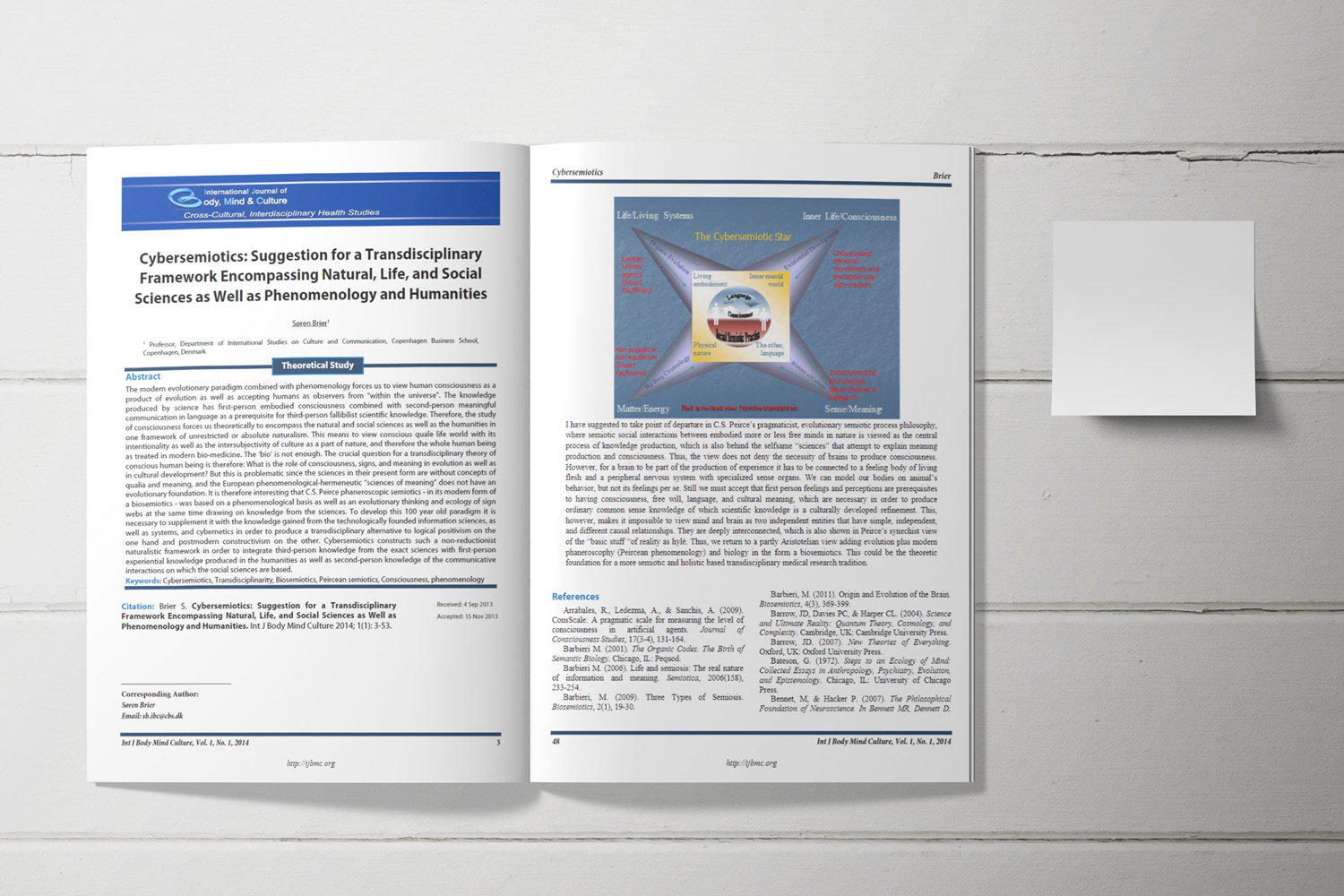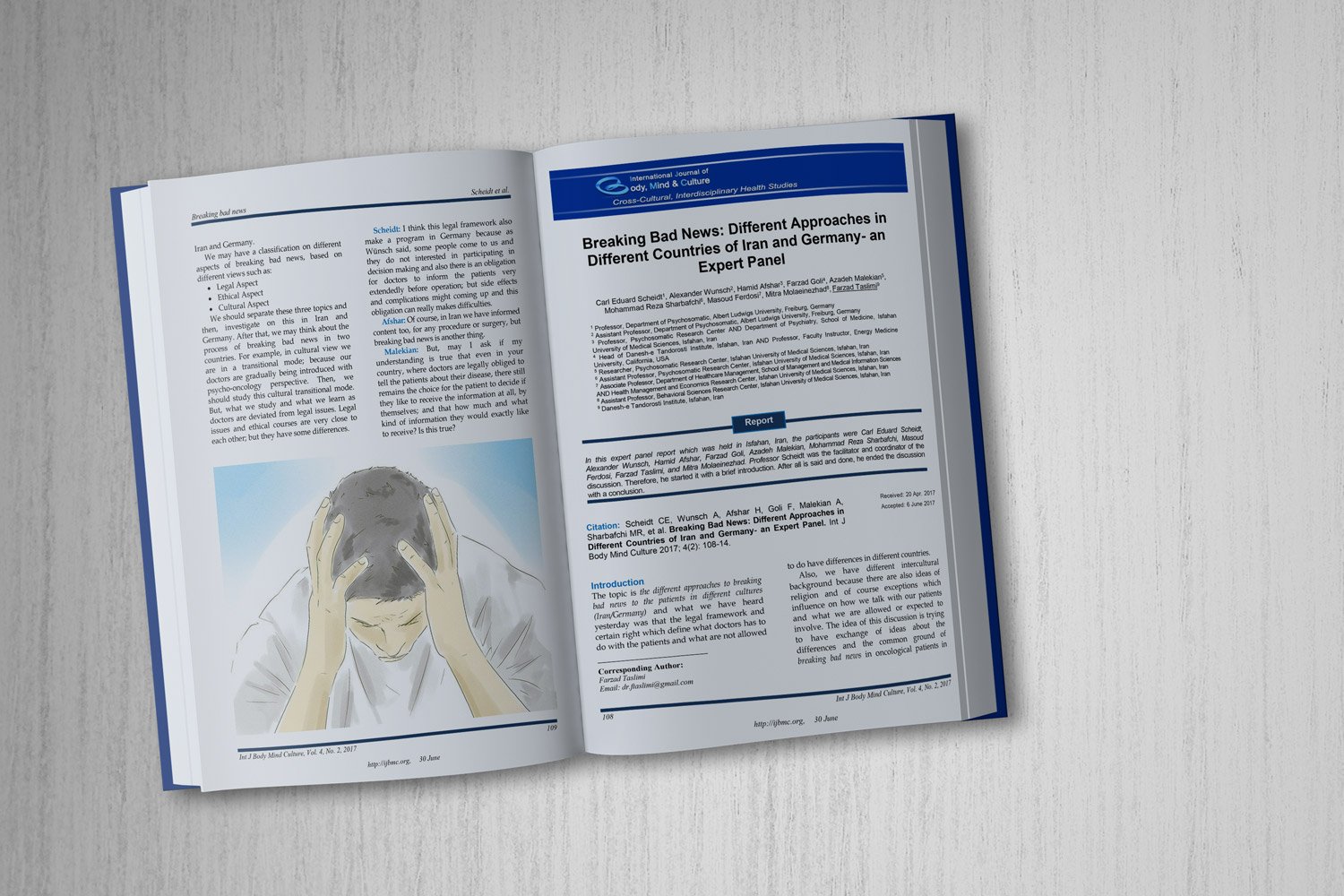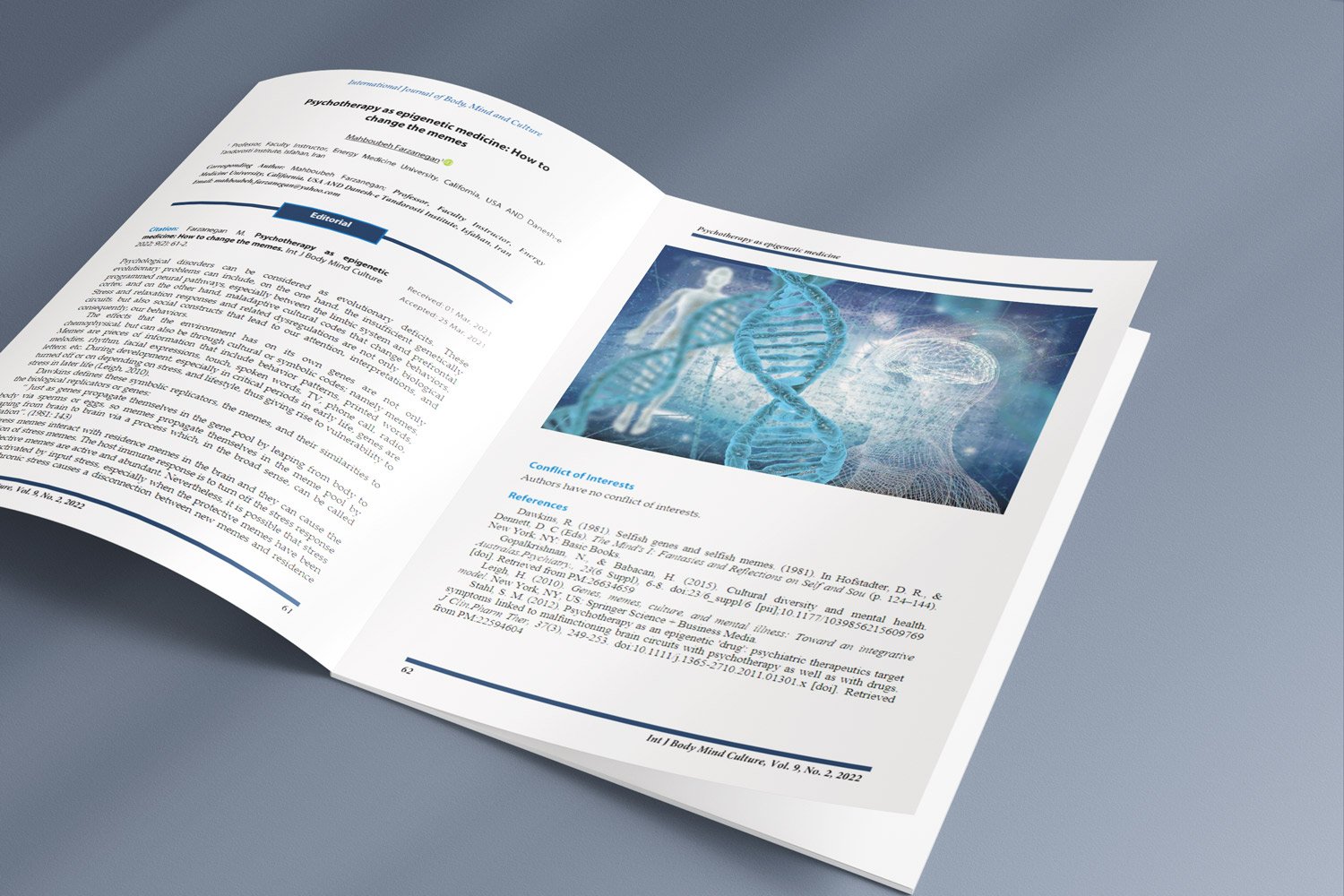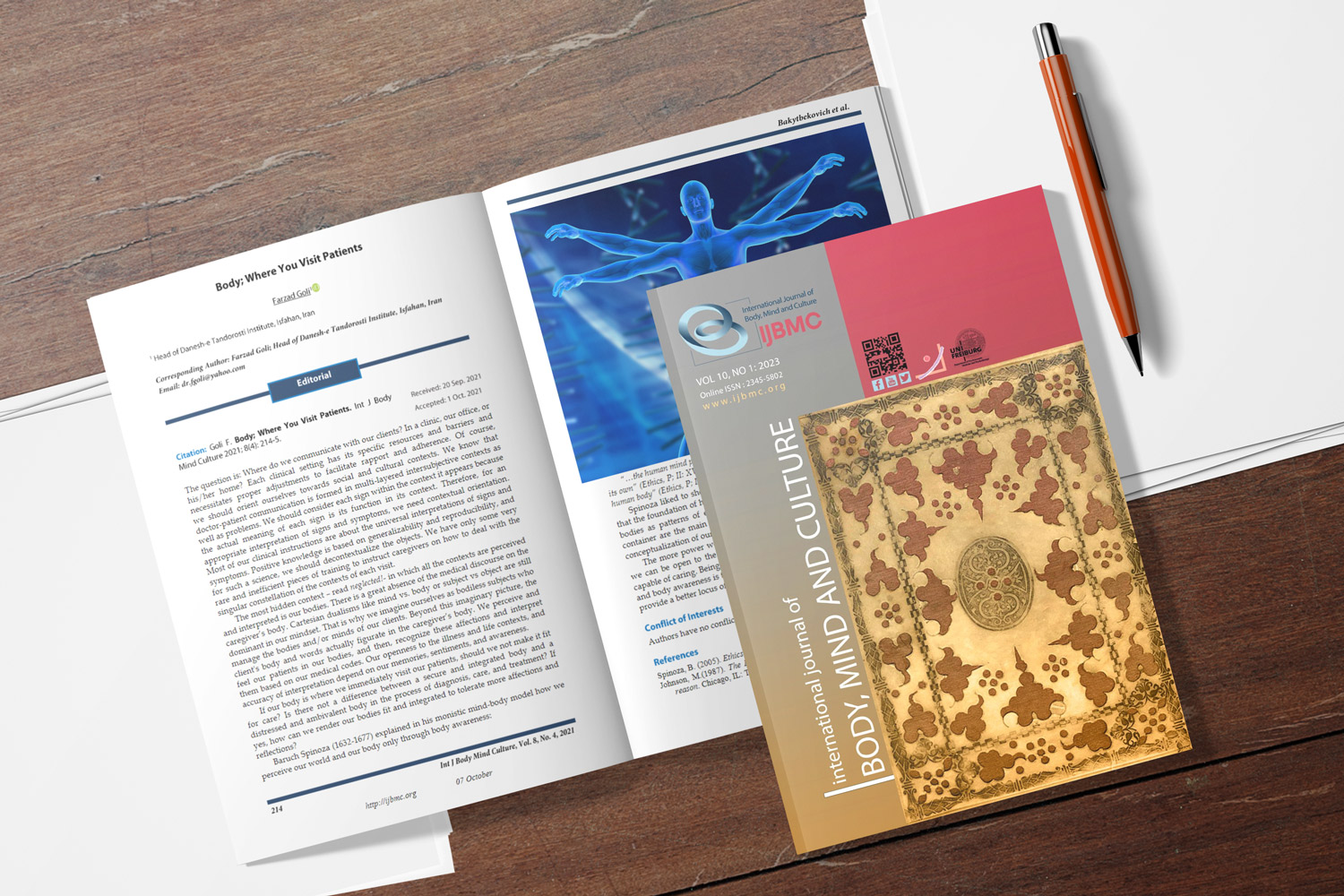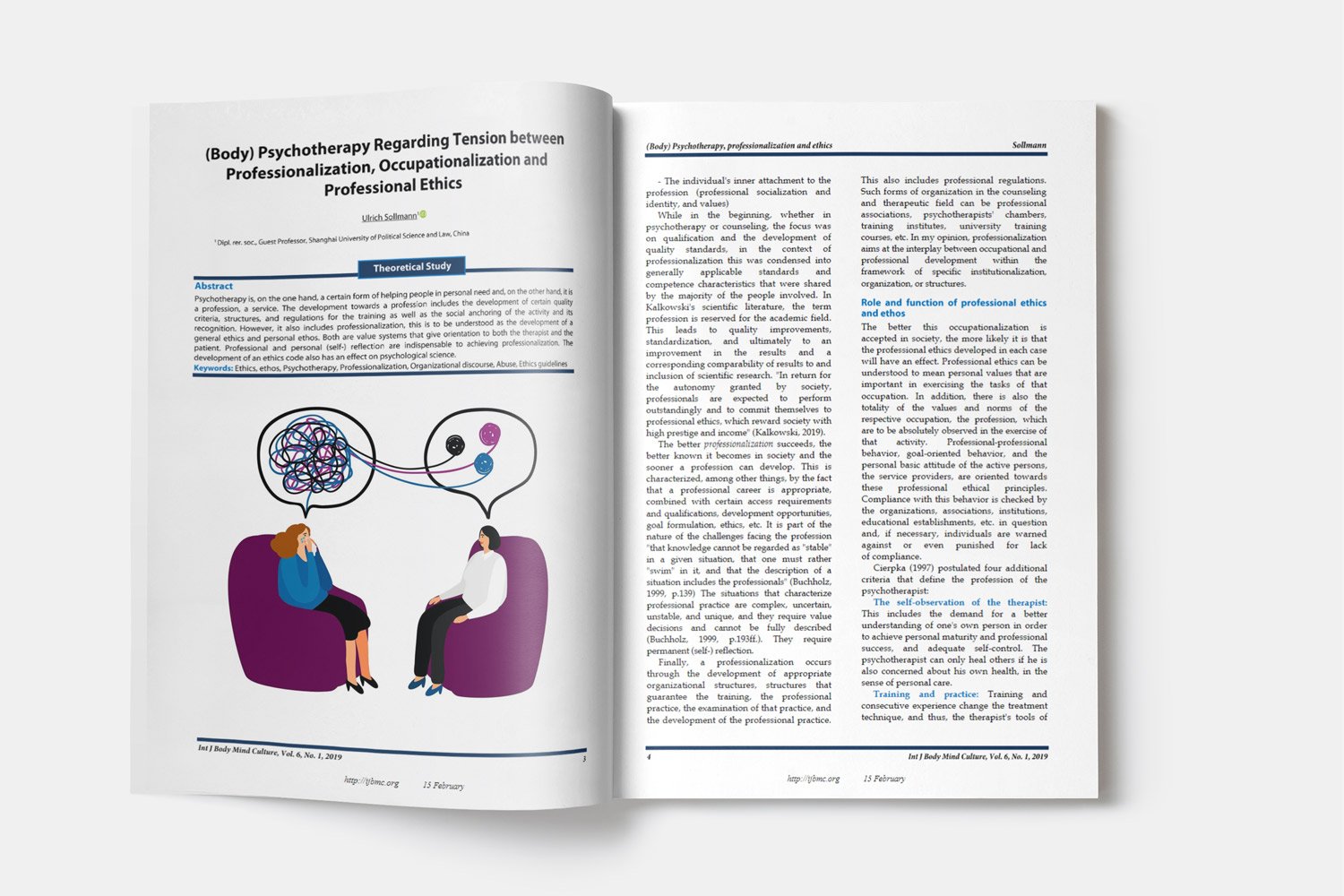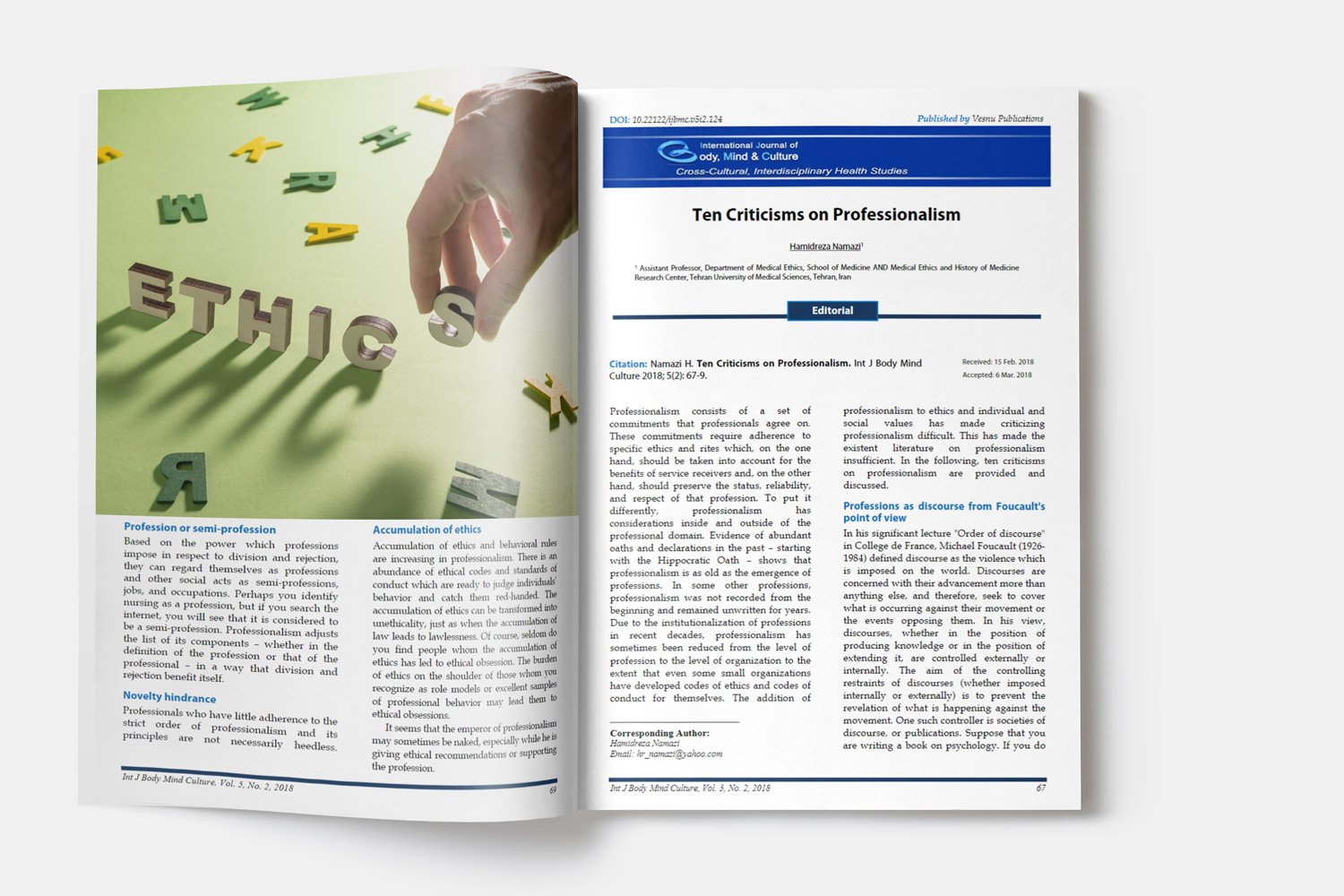Interpersonal Functioning Mediates the Link Between Psychological Distress, Internet Addiction, and Cyberbullying in Gifted and Non-Gifted Adolescents
Downloads
Objective: This study examines the direct and indirect effects of psychological distress on internet addiction and cyberbullying, with interpersonal functioning as a mediator, among gifted and non-gifted adolescent girls.
Methods and Materials: This descriptive-correlational study included 310 female high school students (152 non-gifted, 158 gifted) from Tehran, selected through cluster sampling. Data were collected using the Depression, Anxiety, and Stress Scale (DASS-42), Young’s Internet Addiction Test (IAT), the Cyberbullying Scale, and the Interpersonal Functioning Scale (Ryff, 1995). Structural equation modeling (SEM) was conducted in AMOS 24, alongside ANOVA for group comparisons.
Findings: Psychological distress was positively associated with both internet addiction (β= 0.334, p< 0.01) and cyberbullying (β = 0.244, p<0.01). Interpersonal functioning significantly mediated these relationships, reducing the impact of distress on internet addiction (β= 0.119, p<0.01) and cyberbullying (β= 0.113, p<0.01). Gifted students reported lower psychological distress and internet addiction compared to non-gifted students (p<0.05).
Conclusion: Psychological distress contributes to higher internet addiction and cyberbullying, with interpersonal functioning partially buffering these effects. Intervention programs should focus on enhancing social skills and emotional resilience to mitigate problematic internet behaviors among adolescents.
Downloads
Afshar, H., Roohafza, H., Hassanzadeh-Keshteli, A., Sharbafchi, M. R., Feizi, A., & Adibi, P. (2015). Association of Personality Traits with Psychological Factors of Depression, Anxiety, and Psychological Distress: A Community-Based Study. International Journal of Body, Mind and Culture, 2(2), 105-114. https://doi.org/10.22122/ijbmc.v2i2.32
Asadi, A. (2003). Internet addiction and its psychological consequences among adolescents. Journal of Social Psychology, 8(2SP-45), 60. https://www.sciencedirect.com
Bakhtiyarovich, M. J., Alamir, H. T. A., Abdul-Hameed, A., Jasim, H. H., Rasla, N. M., Saud, A., Amir, A. A., & Karim, M. M. (2023). Relationship between Different Psychological Coping Strategies and Anxiety and Depression Levels in Heart Attack Patients: Psychological coping strategies and anxiety and depression levels. International Journal of Body, Mind and Culture, 11(Special Issue), 143-155. https://doi.org/10.22122/ijbmc.v10iSpecial Issue.482
Baldry, A. C. (2003). Bullying in schools and exposure to domestic violence. Child abuse & neglect, 27(7), 713-732. https://doi.org/10.1016/S0145-2134(03)00114-5
Batty, G. D., & Mortensen, L. H. (2005). Childhood intelligence and adult mental disorder: A systematic review. Psychological medicine, 35(1), 1-13. https://doi.org/10.1017/S0033291704002722
Çiftçi, M. (2025). Theories of giftedness and their practical implications: orientation areas of giftedness potential in Türkiye. Journal of Child Development, Exceptionality and Education, 23-31.
Dargahi-Kafshgari, H., Yaghoubi-Hasankola, G., & Habibzadeh-Ahangarkolaei, Z. (2022). The effectiveness of cognitive-behavioral therapy on psychological distress and self-efficacy in patients with irritable bowel syndrome. International Journal of Body, Mind and Culture, 9(1), 22-28. https://doi.org/10.22122/ijbmc.v9i1.297
Egan, L. A., Daly, C., & Delaney, L. (2016). Psychological Distress and Its Impact on Adolescent Behavior Journal of Adolescent Research, 31(2), 189-204. https://link.springer.com/article/10.1186/s40359-023-01039-z
Ekin, T., & Eskender, E. (2011). The relationship between internet addiction, depression, and anxiety in university students. Journal of Behavioral Addictions, 3(1), 12-20. https://www.academia.edu/download/76345991/33.pdf
Elias, M. J., Marsili, F., Fullmer, L., Morganti, A., & Bruno, E. (2025). The social-emotional competencies of gifted children must be intentionally developed, ideally in inclusive education contexts. Gifted Education International, 41(1), 57-75.
Ercan, E., CoŞKun, U. H., & Karabey, B. (2025). Understanding Gaming Behavior: Academic and Emotional Competence as Predictors of Gaming Disorder in Gifted Youth. EduRe, 2(1), 01-12. https://doi.org/10.14527/edure.2025.01
Hassanzadeh, R. (2007). Behavioral addictions: The case of internet addiction. Journal of Psychological Studies, 12(4), 29-44. https://books.google.com
Kim, K., Ryu, E., Chon, M. Y., Yeun, E. J., Choi, S. Y., Seo, J. S., & Nam, B. W. (2006). Internet addiction in Korean adolescents and its relation to depression and suicidal ideation: A questionnaire survey. International journal of nursing studies, 43(2), 185-192. https://doi.org/10.1016/j.ijnurstu.2005.02.005
Lapidot-Lefler, N. (2014). Cyberbullying versus traditional bullying: Differences in perception and behavior. Journal of Social Psychology, 22(2), 117-135. https://research.ou.nl/en
Lovgrove, C., & Cornell, D. (2012). Problematic internet use and its association with psychological disorders. Journal of Behavioral Science, 19(3), 88-99. https://link.springer.com/article/10.1186/s12888-020-02640-x
Maiedfar, K. (2007). The psychological and social consequences of internet addiction. Journal of Psychological Studies, 18(1), 54-72. https://books.google.com/
Mehroof, M., & Griffiths, M. (2010). Internet gaming addiction: The role of sensation seeking, self-control, neuroticism, aggression, state anxiety, and trait anxiety. Cyberpsychology, Behavior, and Social Networking, 13(3), 313-316. https://doi.org/10.1089/cyber.2009.0229
Mitchell, J. T. (2007). Intelligence and emotional regulation in adolescents. Journal of Adolescent Psychology, 15(2), 107-121. https://www.mdpi.com/1660-4601/16/10/1720
Modki, R. (2014). Prevalence of traditional bullying versus cyberbullying: A meta-analysis. Journal of Educational Psychology, 26(5), 429-445. https://journals.sagepub.com/doi/abs/10.1177/0004867419846393
Moradi, M. (2002). Psychological effects of excessive internet use among teenagers. Iranian Journal of Psychology, 9(3), 33-51. https://dergipark.org.tr/en/pub/ejer/article/70237
Nadimi, M. (2004). Psychological and Social Consequences of Internet Use Among Students. Journal of Educational Research, 11(2), 67-84. https://journals.lww.com
Niemz, K., Griffiths, M., & Banyard, P. (2005). Prevalence of pathological internet use among university students and correlations with self-esteem, the General Health Questionnaire (GHQ), and disinhibition. Cyberpsychology & Behavior, 8(6), 562-570. https://doi.org/10.1089/cpb.2005.8.562
Nikifor, A. (2013). Cyberbullying among adolescents: Prevalence and social context. Journal of Cyberpsychology, 21(4), 312-328. https://www.frontiersin.org/articles/10.3389/fpubh.2021.634909/full
Oktan, V. (2011). The predictive role of identity status on internet addiction. Journal of Adolescence, 34(1), 233-239. https://doi.org/10.1016/j.adolescence.2010.06.005
Piller, J. (2006). Understanding bullying behavior in adolescents. Journal of Child Psychology, 28(3), 145-161. https://link.springer.com/article/10.1186/2049-3258-73-4
Roland, E., & Galloway, D. (2004). Bullying: Differences between Individual and Group Bullying. Educational Psychology, 24(6), 776-790. https://doi.org/10.1080/0144341042000294945
Şakar, S., & Tan, S. (2025). Research Topics and Trends in Gifted Education: A Structural Topic Model. Gifted Child Quarterly, 69(1), 68-84.
Shokri, O., & Sanaeepour, M. H. (2016). Cross-Cultural Adaptation of a Farsi Version of the Impulsive Behavior Scale-Short Form in Iran. International Journal of Body, Mind and Culture, 3(2), 101-112. https://doi.org/10.22122/ijbmc.v3i2.45
Stockbridge, G., Wilson, P., & Pagan, J. (2014). The Effects of Psychological Distress on Adolescent Behavior Journal of Adolescent Mental Health, 25(4), 345-361. https://link.springer.com/chapter/10.1007/978-1-4899-1388-3_14
Timajchi, M., Aghahheris, M., Rafiepoor, A., & Nikoozadeh, E. K. (2025). The Effectiveness of Mindfulness-Based Stress Reduction Training on Psychological Distress Tolerance, Sexual Function, and Psychosocial Distress in Diabetic Patients. Ijbmc, 12(2), 104-112. https://doi.org/10.61838/ijbmc.v12i2.779
Vahdani, A. (2004). The Impact of Internet Addiction on Students' Social Adaptation. Journal of Social Psychology, 17(3), 78-95. https://brieflands.com/articles/semj-99209
Wallace, P., Thompson, B., & Murray, S. (2011). The psychological impact of online interactions. Journal of Cyberpsychology, Behavior, and Social Networking, 12(5), 289-305. https://www.tandfonline.com/doi/full/10.1080/23311908.2024.2371025
Winner, E., & Martino, G. (2024). Artistic Giftedness Handbook of Gifted Education.
Yağbasanlar, O., & Балоглу, М. (2025). Design of a Resilience Psychoeducation Program for Gifted Adolescents. Ankara Üniversitesi Eğitim Bilimleri Fakültesi Özel Eğitim Dergisi, 1-15. https://doi.org/10.21565/ozelegitimdergisi.1519670
Copyright (c) 2025 International Journal of Body, Mind and Culture

This work is licensed under a Creative Commons Attribution-NonCommercial 4.0 International License.

